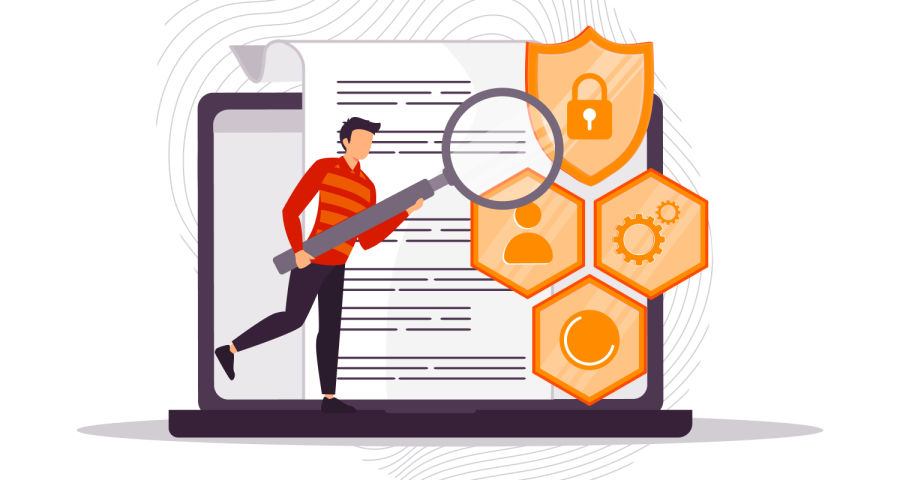//
Jul 22, 2025
What Is Omnichannel Marketing?
Today’s customers don’t take a straight line from interest to action.
They search online, read reviews, click ads, visit websites, watch videos, open emails, and get advertising materials sent directly to their homes. That’s where comes in.
The goal of omnichannel marketing is not to be everywhere just because. It’s about connecting your marketing efforts so that no matter where someone connects or interacts with your business, they see a consistent message and have a clear path forward.
What Is Omnichannel Marketing?

Omnichannel marketing means using multiple marketing channels, like Google Ads, your website, email campaigns, and even direct mail, in a way that’s coordinated and connected.
For design and construction businesses, it’s the difference between a potential client seeing a Google Ad and forgetting about you, versus clicking the ad, visiting a landing page, joining your email list, getting follow-up content, and ultimately reaching out for a consultation. Each channel supports the next.
Why Omnichannel Marketing Matters for AEC Businesses

The architecture, engineering, and construction industries rely on trust, reputation, and timing. Most clients aren’t ready to hire the moment they discover your business. They need time to review your work, compare vendors, and make budget decisions.
That means your marketing must:
- Show up across multiple platforms
- Stay consistent in message and brand
- Keep your firm top-of-mind until the client is ready
AEC sales cycles vary, but omnichannel marketing gives you the tools to stay relevant no matter what season it is.
How to Build an Omnichannel Marketing Strategy

Here are five steps to help your firm build an effective omnichannel strategy:
1. Start With Your Website: Make It the Hub of Your Marketing
Your website is the foundation of your marketing strategy. Every digital effort: Google Ads, social media, email, or direct mail should lead back to your site.
For contractors and construction firms, your website should clearly explain your , showcase high-quality project photos, and include trust-building elements like testimonials and case studies. A strong call-to-action, such as a “Request a Quote” or “Book a Consultation” form, helps convert visitors into leads.
Make sure your website is mobile-friendly, loads quickly, and includes individual landing pages for each service area you want to target. This ensures potential clients can quickly find relevant information and take the next step.
2. Use Google Ads to Capture High-Intent Leads
Google Ads are a powerful way to reach people who are actively searching for your services. By targeting these high-intent searches, your ads connect you with clients at the exact moment they need your services.
Send traffic from Google Ads to a dedicated landing page that mirrors the ad’s message and includes a form or phone number for easy conversion. Retargeting ads can then follow visitors who don’t convert, reminding them of your business as they continue researching their options.
3. Automate Email Campaigns to Nurture Leads Over Time
Email marketing gives you a cost-effective way to stay in touch with leads after they’ve visited your site or filled out a form. For architecture, engineering, and construction firms, this is especially important since many projects involve longer decision-making timelines.
Set up email sequences that deliver valuable content such as project highlights, common questions, or customer reviews over several days or weeks. These emails build trust and keep your business top-of-mind until your prospect is ready to move forward. Email also gives you the opportunity to re-engage cold leads and upsell services to past clients.
4. Modernize Direct Mail by Connecting It to Digital Channels
While direct mail may seem old-fashioned, it can be highly effective when used strategically and in coordination with your digital efforts. Sending postcards or flyers to new homeowners or commercial property owners in your service area can generate awareness.
To make direct mail part of your omnichannel strategy, include QR codes or custom URLs that send recipients to a specific landing page. From there, you can track who visited your site and follow up with retargeting ads or email sequences. When direct mail supports your digital marketing, it becomes a powerful tool to reach potential clients in multiple ways.
5. Expand with Additional Channels to Strengthen Your Strategy
Once your core channels are working together, it’s time to expand. Social media platforms like Instagram, Facebook, and LinkedIn can build visibility and trust with homeowners, developers, and B2B partners. Regular posting, paired with paid promotion, helps keep your brand in front of potential clients throughout their decision-making process.
is another long-term channel that boosts your visibility on Google without relying solely on ads. Publishing blogs, updating service pages, and earning backlinks can increase your rankings and bring in consistent organic traffic.
Connect It All with Consistent Messaging

The power of omnichannel marketing lies in how well each piece of your strategy works together. Whether someone sees your ad on Google, lands on your website, receives an email, or gets a postcard in the mail, the message should feel familiar, consistent, and trustworthy. That consistency builds recognition and trust over time.
Let’s say a homeowner receives a postcard promoting your seasonal window replacement offer. They scan the QR code and land on a webpage that highlights your recent projects and includes a simple contact form. A few days later, they see a retargeting ad on with the same offer, and shortly after, an automated email shares a case study of a similar project in their area. These connected touchpoints help reinforce your credibility and keep your business top-of-mind until they’re ready to reach out.
When each channel reinforces the others, your marketing feels more professional, more memorable, and more effective. That’s the difference between a disconnected effort and a true omnichannel strategy.
Omnichannel Marketing Helps You Win More Jobs, Without Working Harder on Every Lead

Contractors, architects, and engineers don’t need to do more marketing. They need their marketing to work smarter. An omnichannel approach helps your business stay in front of the right people, in the right places, at the right time, without starting from scratch with every campaign.
By connecting your website, ads, emails, direct mail, and supporting channels like social media and SEO, you create a system that attracts, , and converts leads more consistently. And when your messaging stays aligned across every touchpoint, you’re not just generating leads. You’re building trust.
Ready to make your marketing work together instead of working harder? Let’s build a strategy that supports your goals from the first click to a signed contract.







